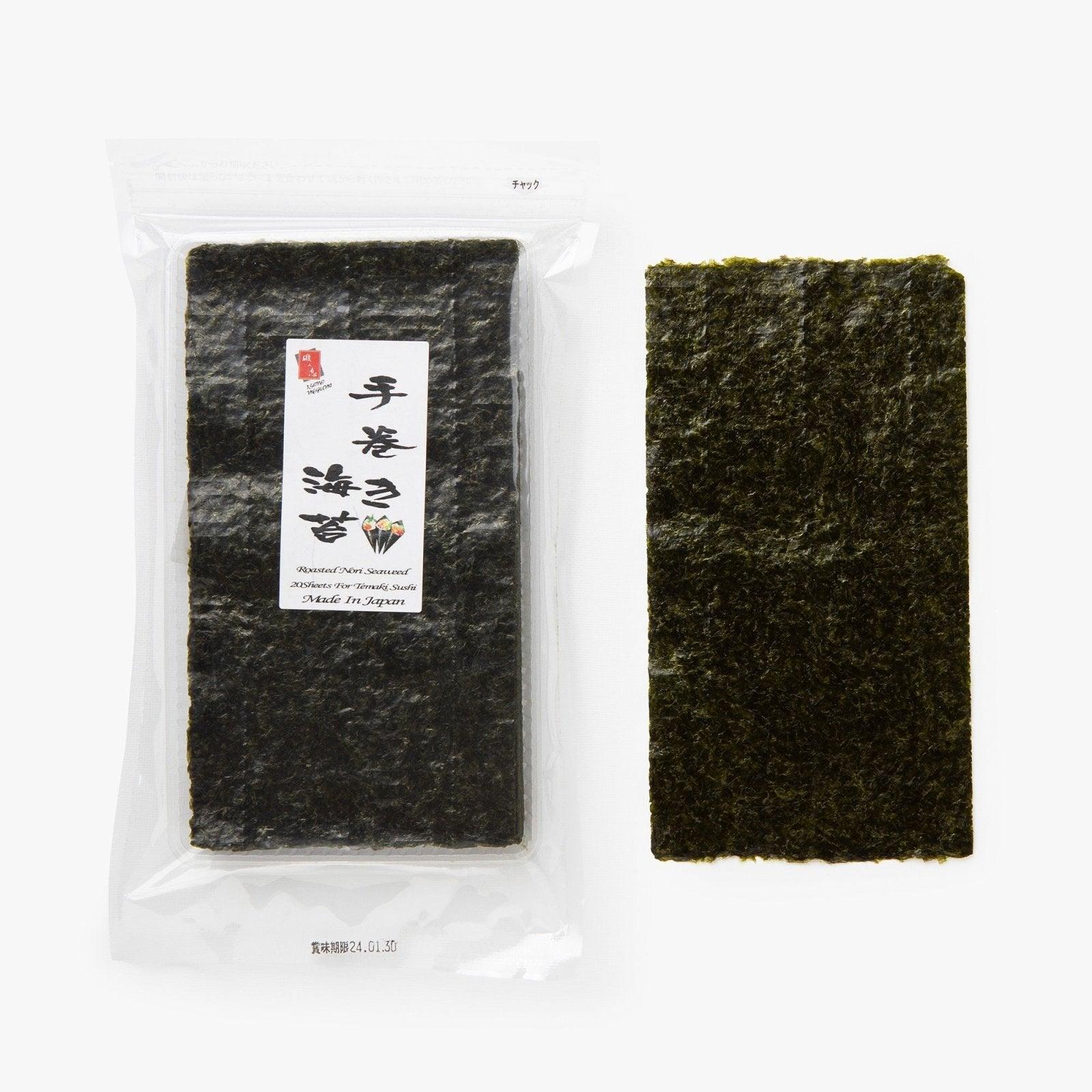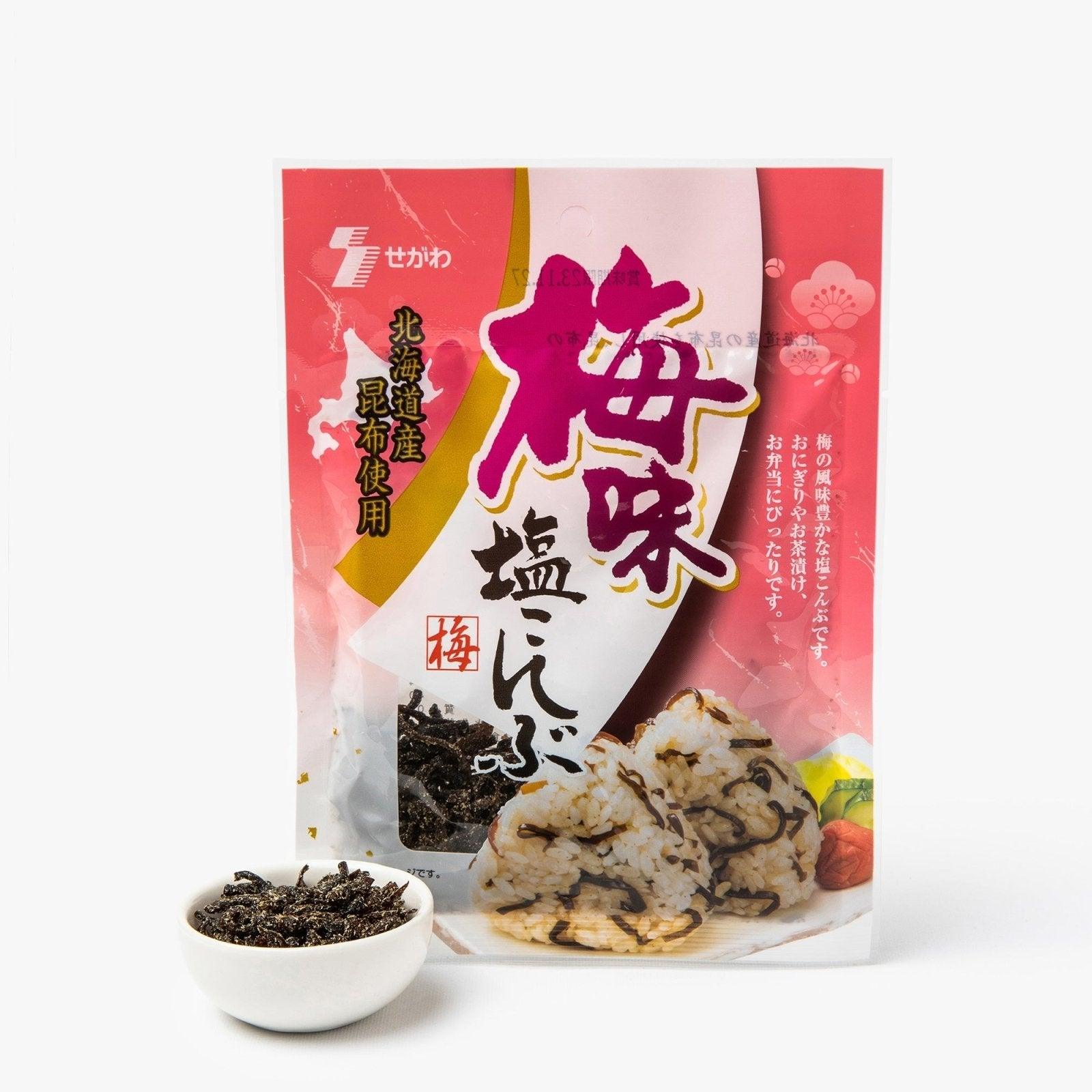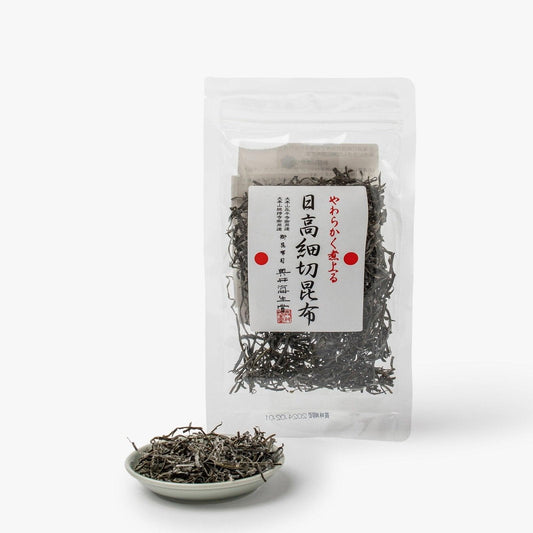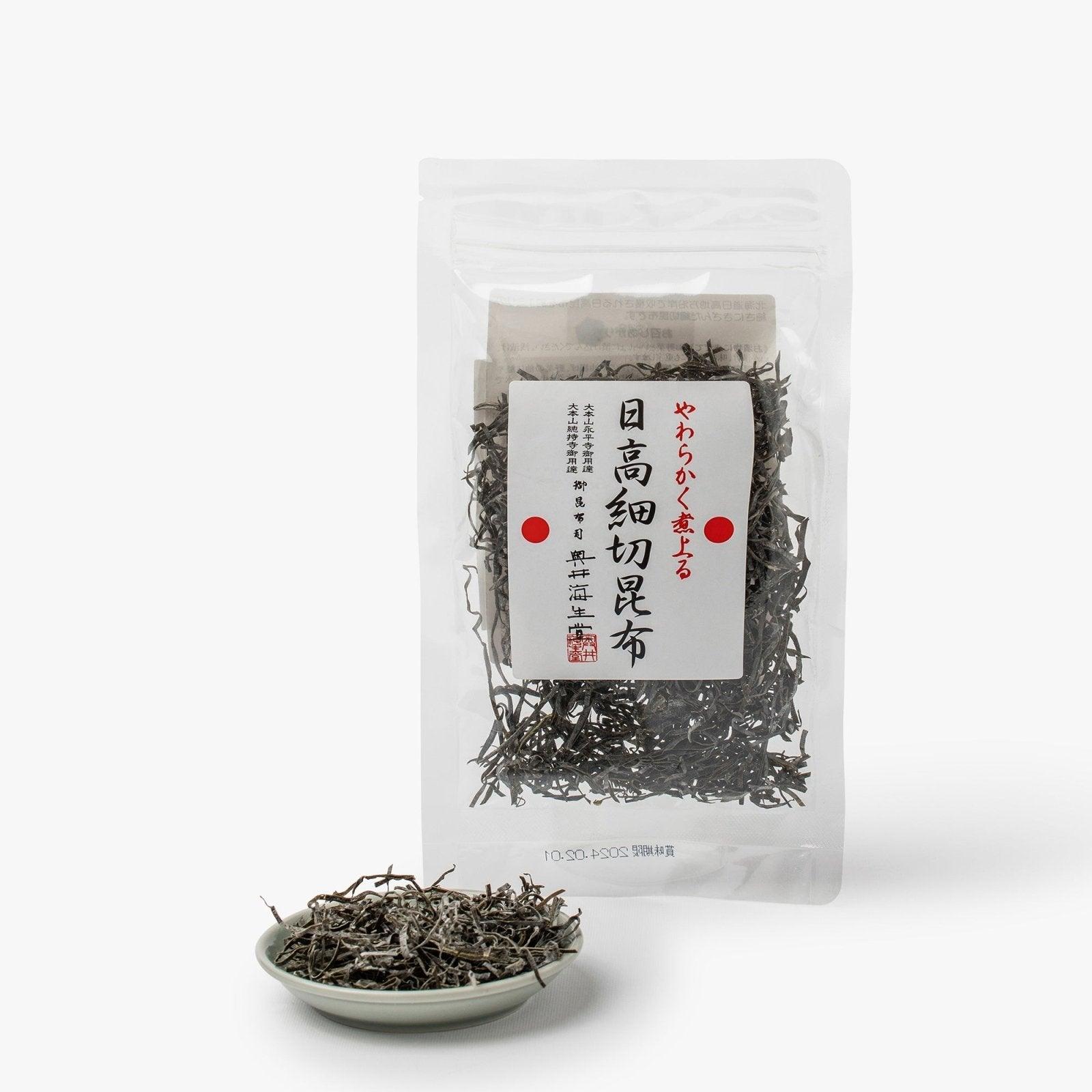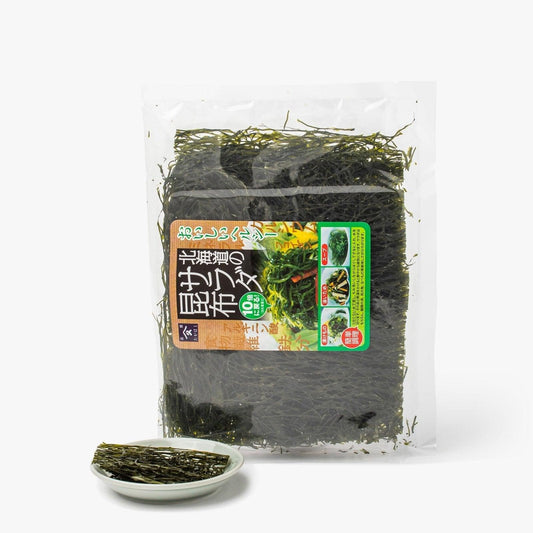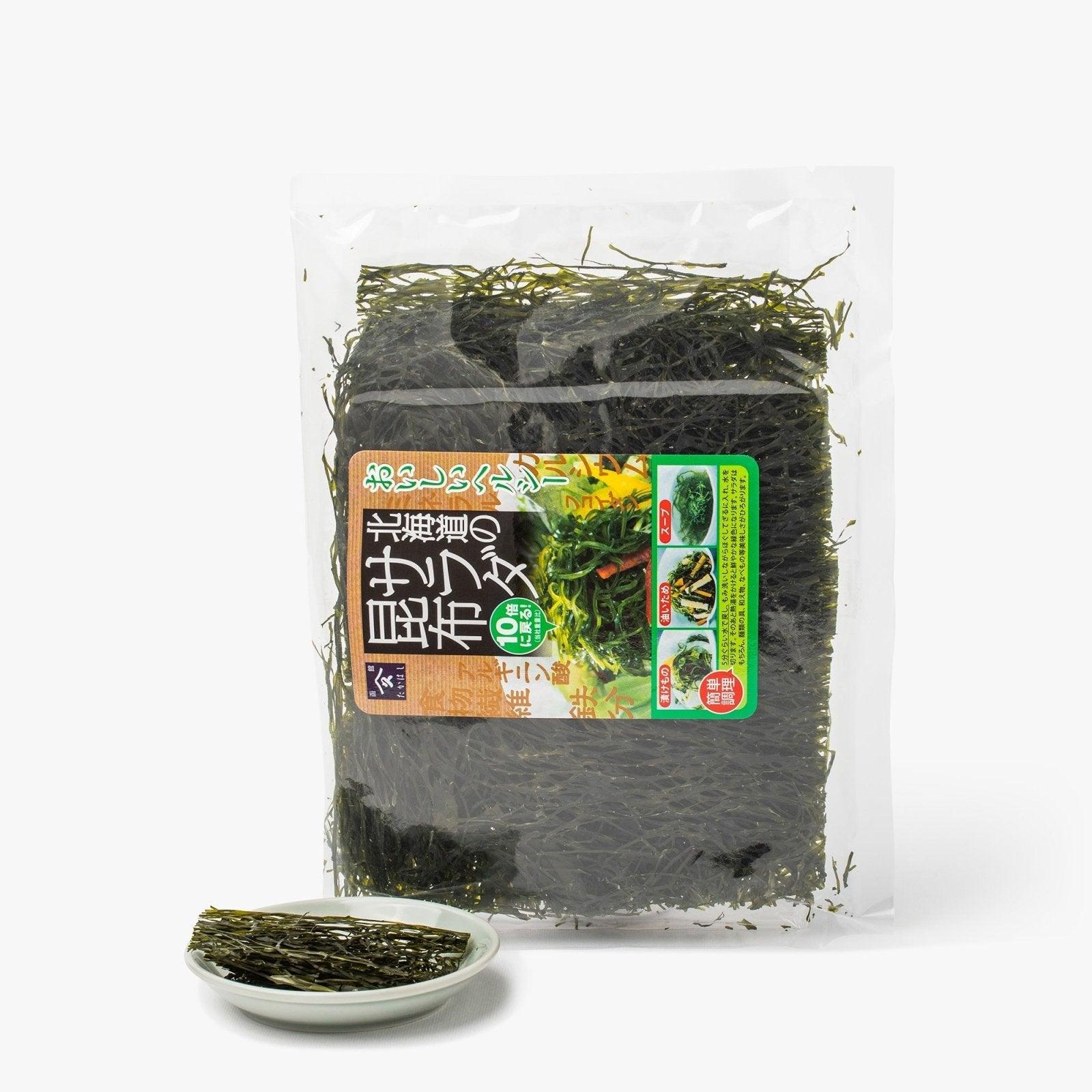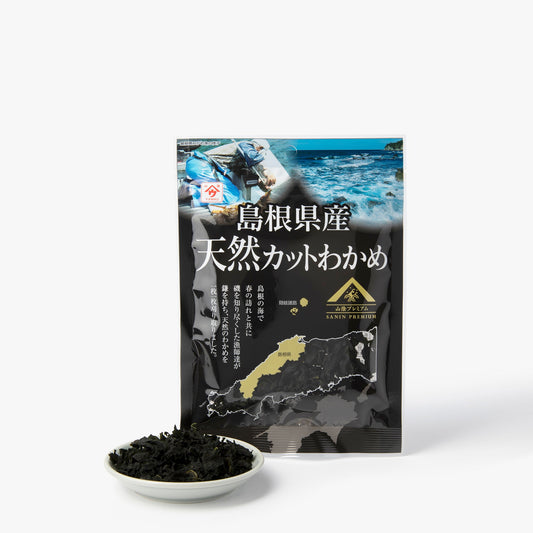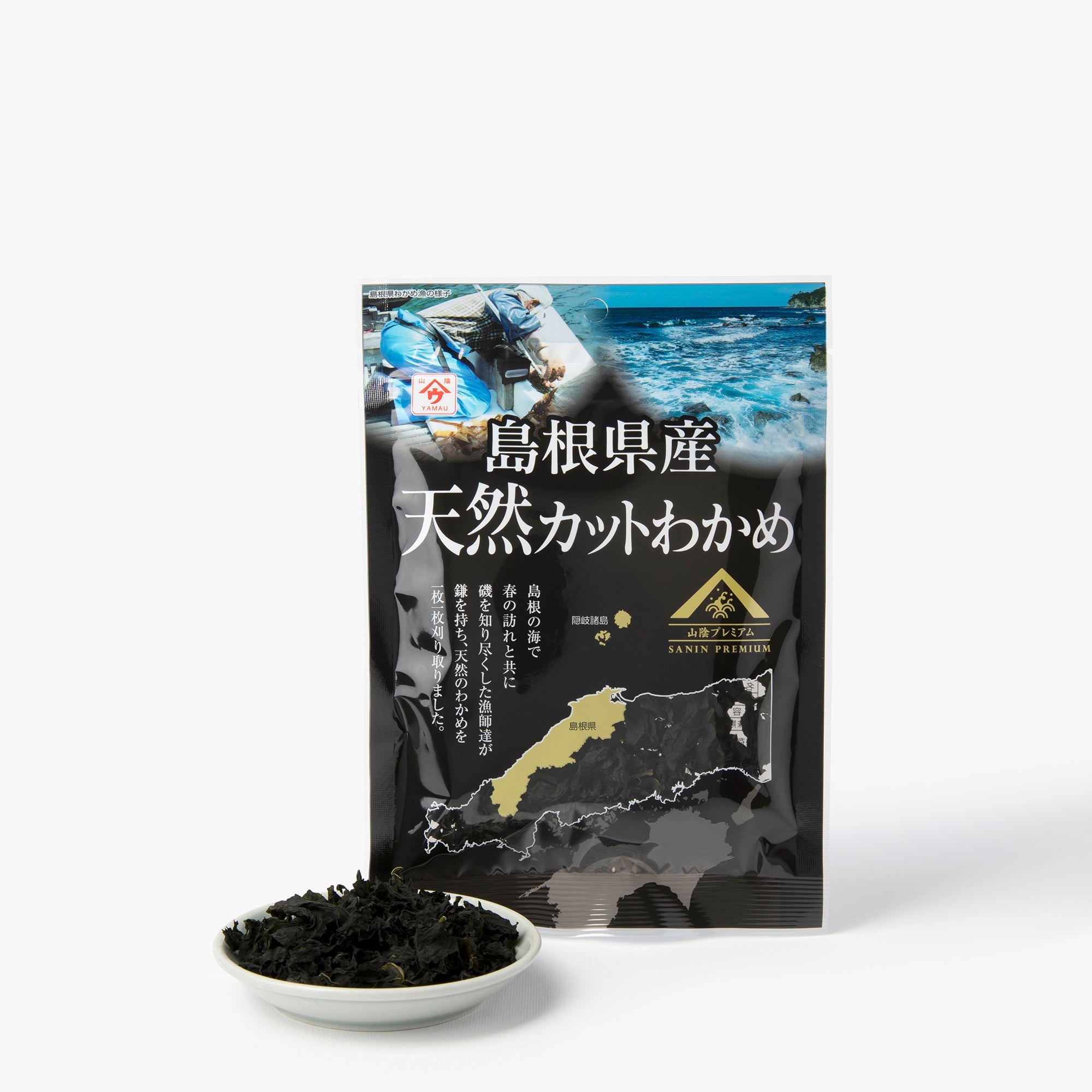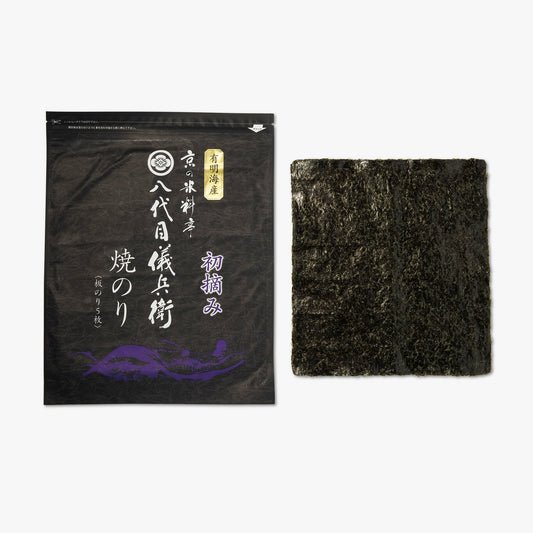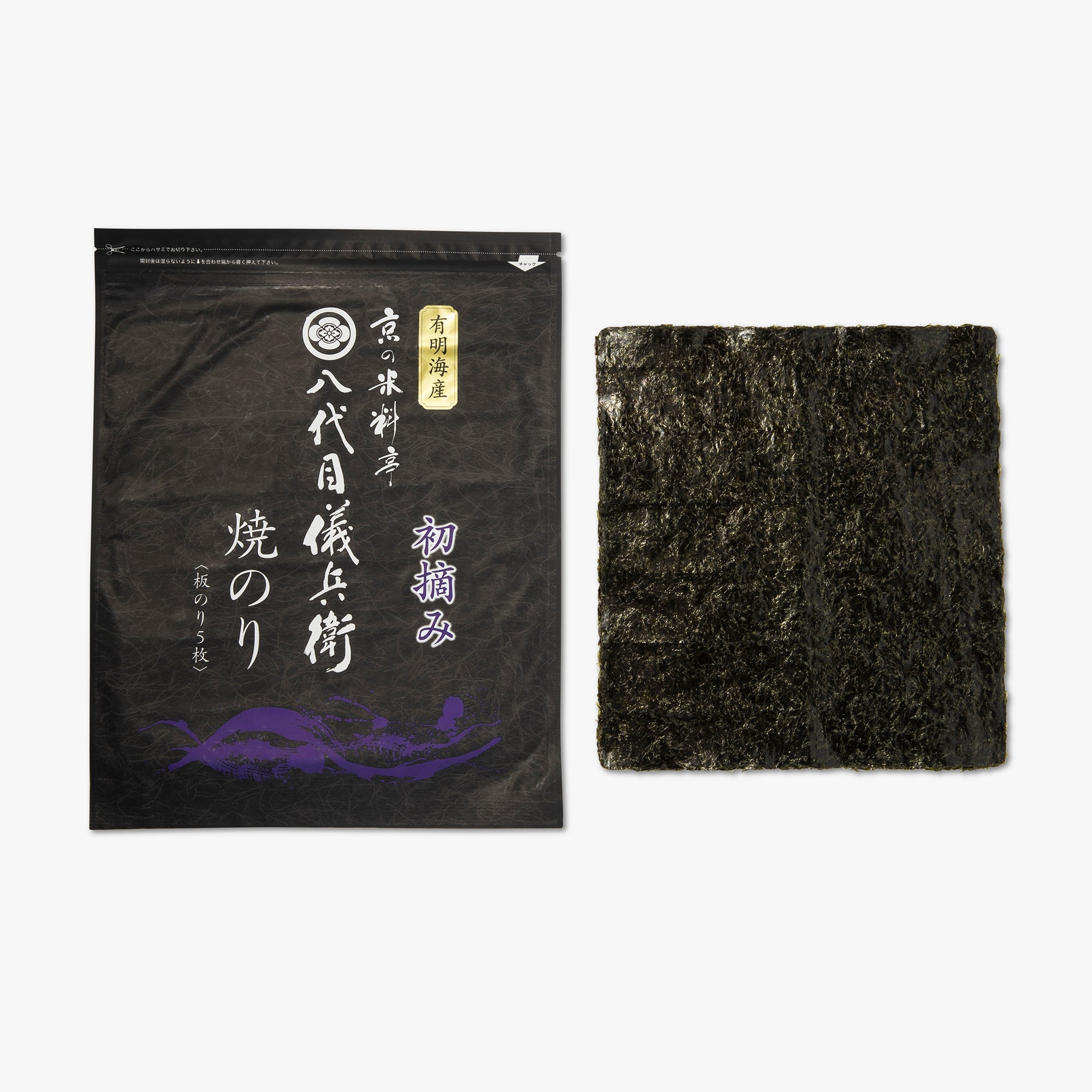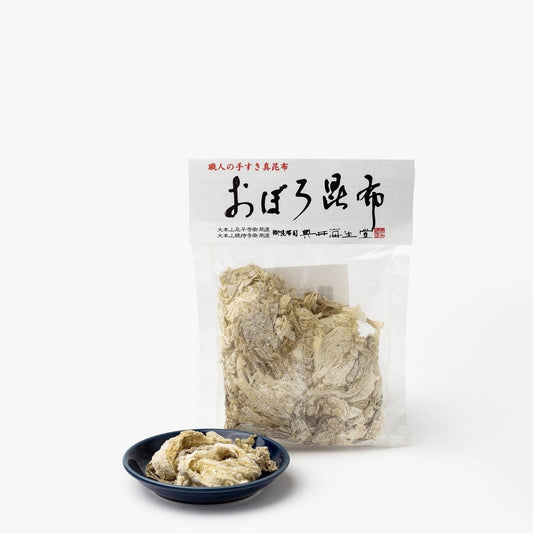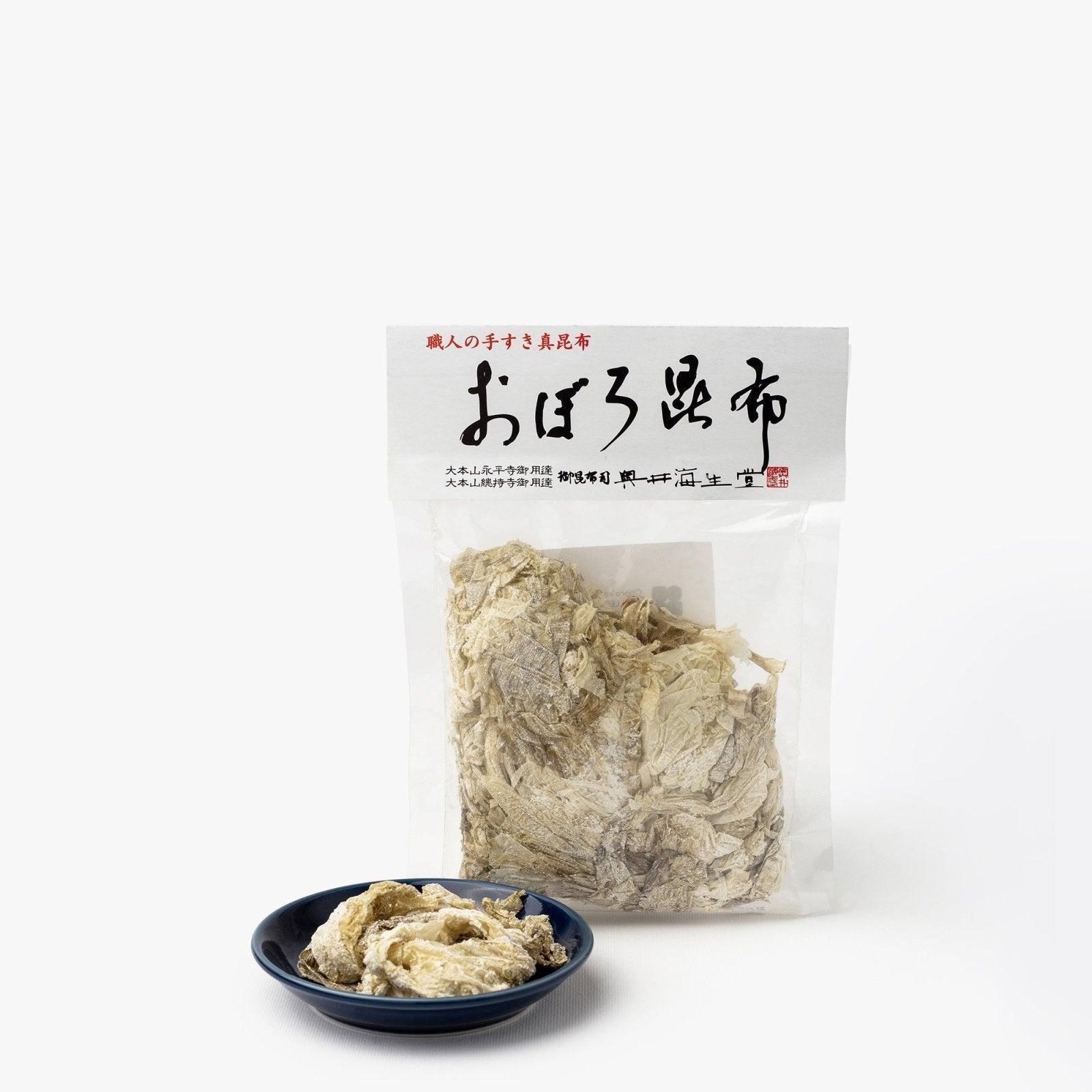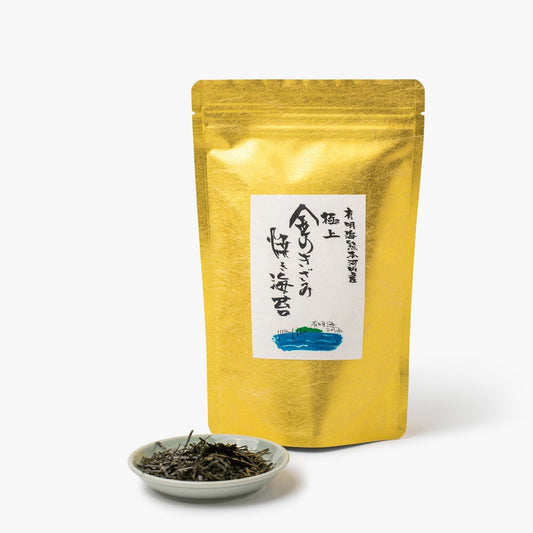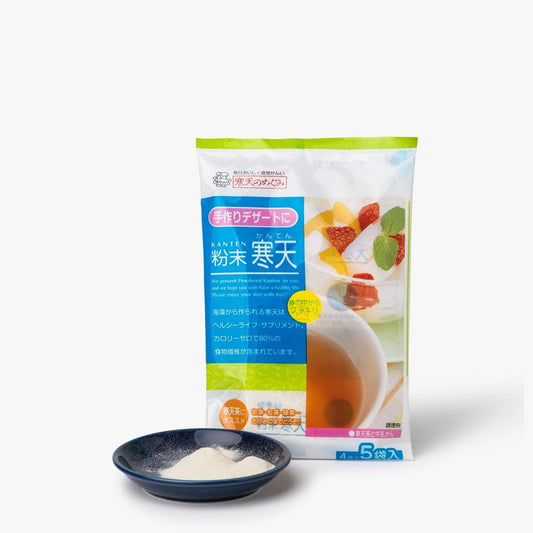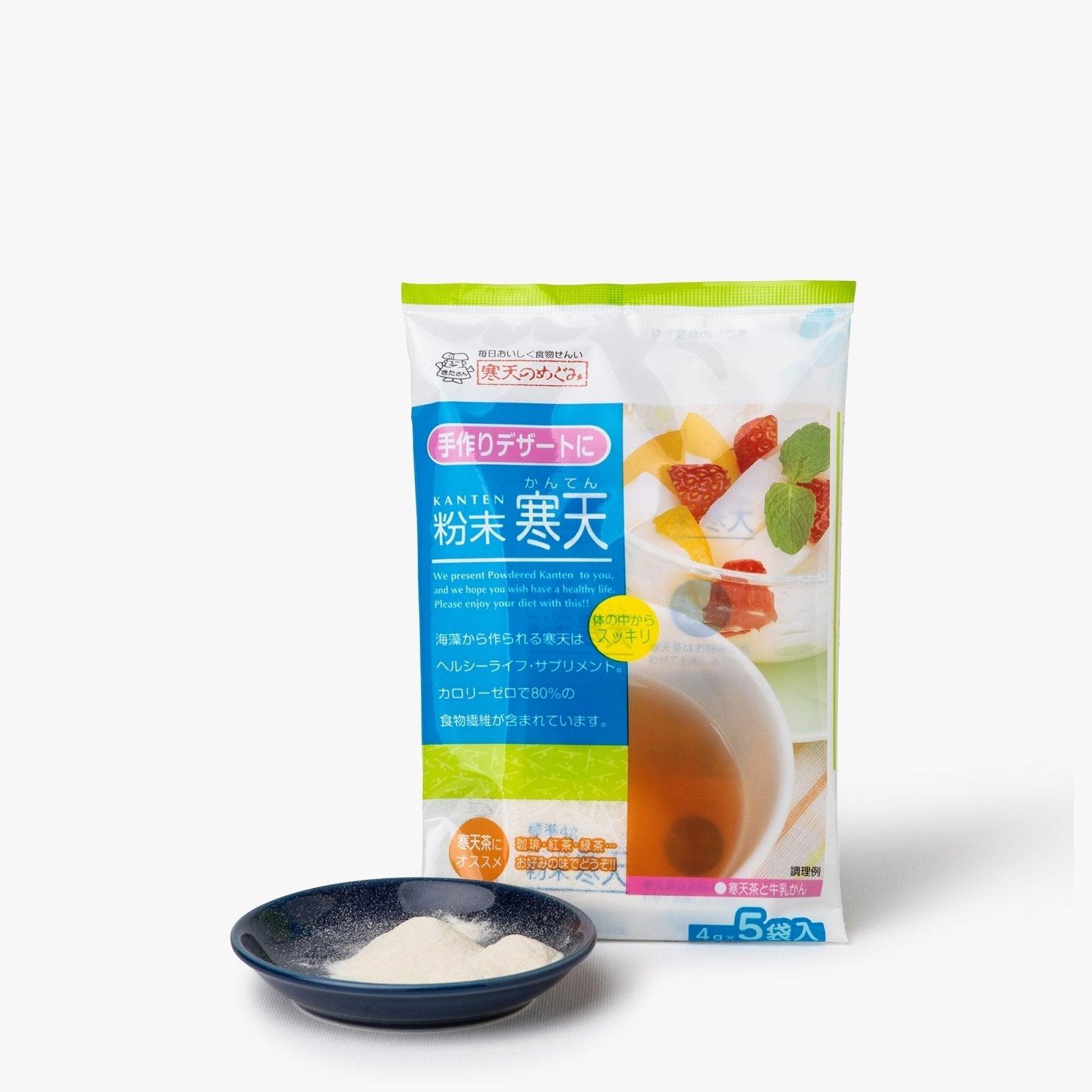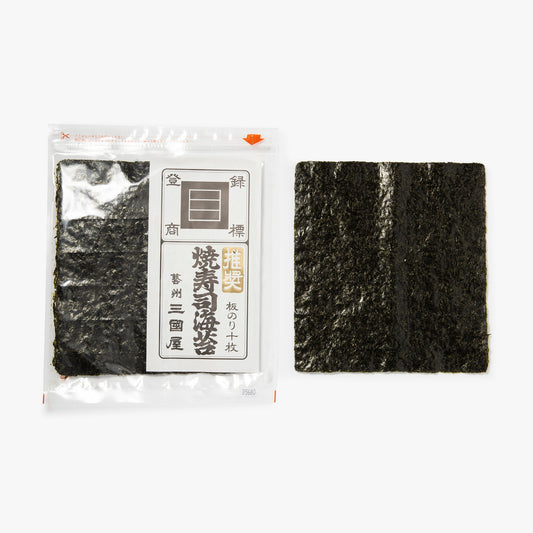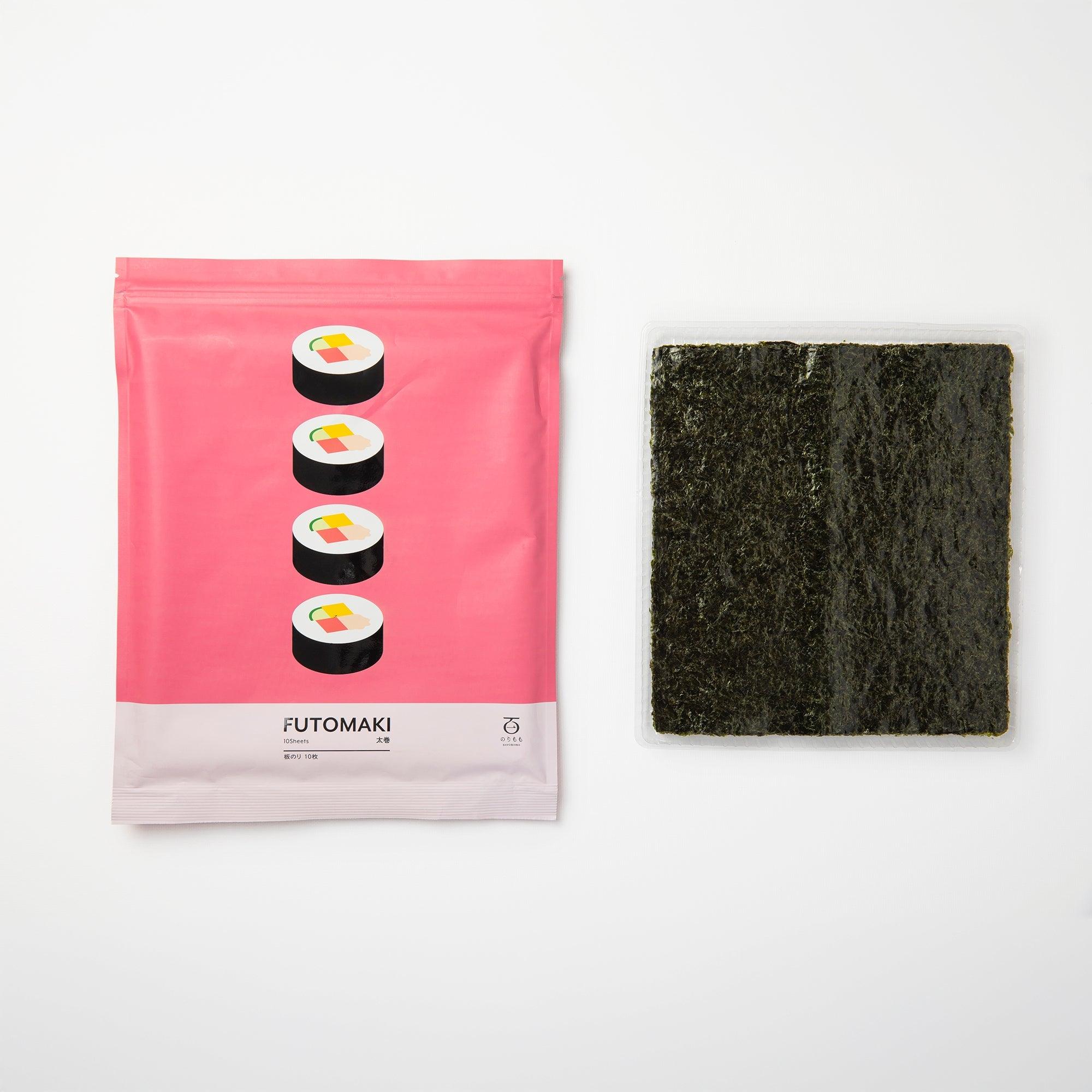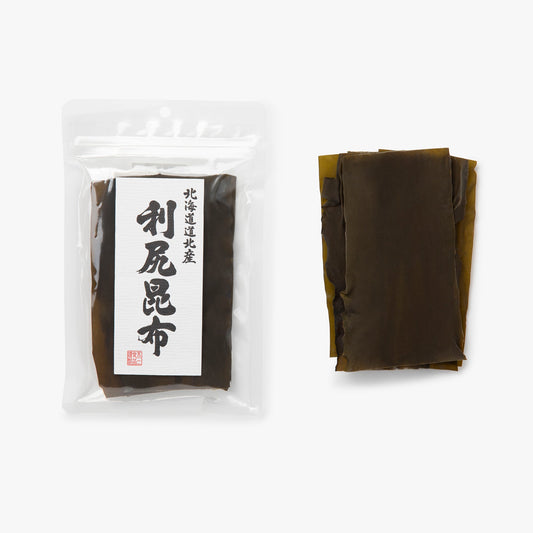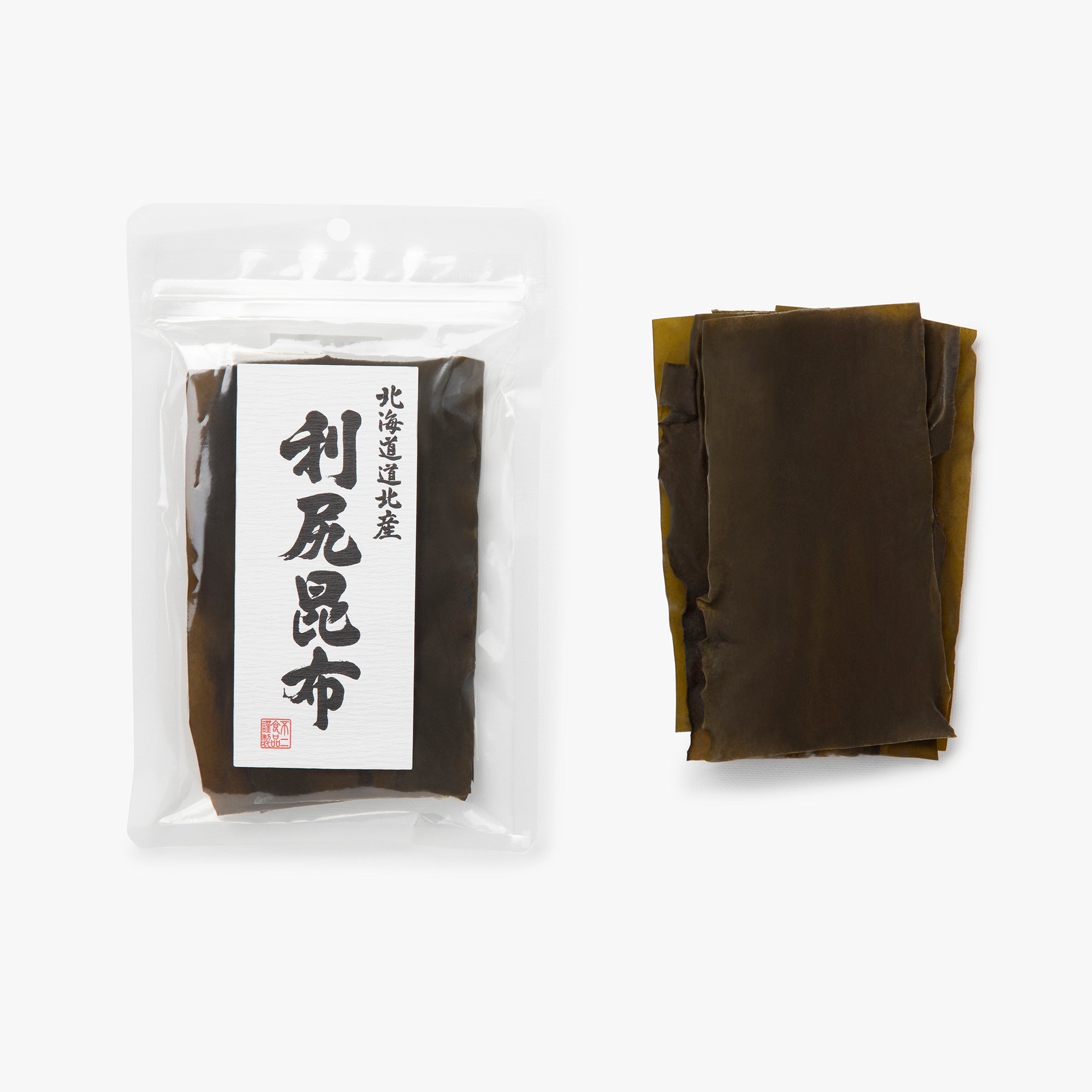Find out more about algae
What are the different types of seaweed used in Japanese cuisine?
The main types of Japanese seaweed used in cooking are :
- Nori: Used to wrap maki and onigiri.
- Wakame: Often added to soups, particularly miso soup.
- Kombu: Key ingredient in the preparation of dashi broth.
- Hijiki: Black seaweed used in salads or as a side dish.
- Aramé: Another black seaweed, often used in simmered dishes.
What are the health benefits of seaweed?
Seaweed is rich in minerals such as calcium, magnesium and iodine, essential for thyroid health. They also contain vitamins A, C, E and K, as well as antioxidants that help protect cells from damage. What's more, seaweed is a good source of fiber and has anti-inflammatory properties.
What's the difference between nori and wakame?
Nori is a thin, dried seaweed, often used to wrap sushi and maki, while wakame is a thicker seaweed, often used in soups, such as miso soup. Nori has a crunchier texture and a slightly salty taste, while wakame is softer and has a mild marine flavor.
How to use kombu seaweed in the kitchen?
Kombu is mainly used to prepare dashia basic stock for many Japanese soups. It can also be cut into thin strips and added to stews, or used to make tsukudani, a kind of sweet and sour condiment. To prepare dashi, kombu is usually infused in hot water, then removed before boiling.
Which seaweeds are best suited to making maki?
Nori is the seaweed most commonly used to make maki. It is dried and pressed into thin sheets, ideal for wrapping rice and other ingredients in maki and sushi. Nori is characterized by its crunchy texture and slightly salty flavor.
How do I rehydrate dried seaweed?
To rehydrate dried seaweed, place it in a bowl of cold water for 5 to 10 minutes, until it returns to its original texture. Some seaweeds, such as kombu, can be added directly to a hot broth to rehydrate them while infusing the flavor. Once rehydrated, seaweed should be drained before use.
What are the most popular seaweed recipes?
The recipes recipes include :
- Miso soup: Often prepared with wakame.
- Wakame salad: with sesame vinaigrette.
- Onigiri: Rice balls wrapped in nori.
- Dashi: Kombu-based broth.
- Hijiki no nimono: Simmered dish of hijiki with carrots and tofu.
What kind of seaweed is used for sushi?
The main seaweed used for sushi is nori (Porphyra), a red seaweed that turns green or black after drying and roasting. Here are the different types of seaweed used in sushi cooking
- Nori (海苔): The essential seaweed for maki, temaki and sometimes for wrapping onigiri. It is sold in dried and roasted leaves, with different qualities (gold, silver, bronze).
- Kombu (昆布): This seaweed is used to flavor shari (sushi rice) by being infused in rice vinegar or dashi broth.
- Wakame (わかめ): Although rarely used directly in sushi, it often accompanies sushi dishes in the form of seaweed salad.
- Hijiki (ひじき): More commonly used in side dishes than sushi, it can be added to certain garnishes.






















